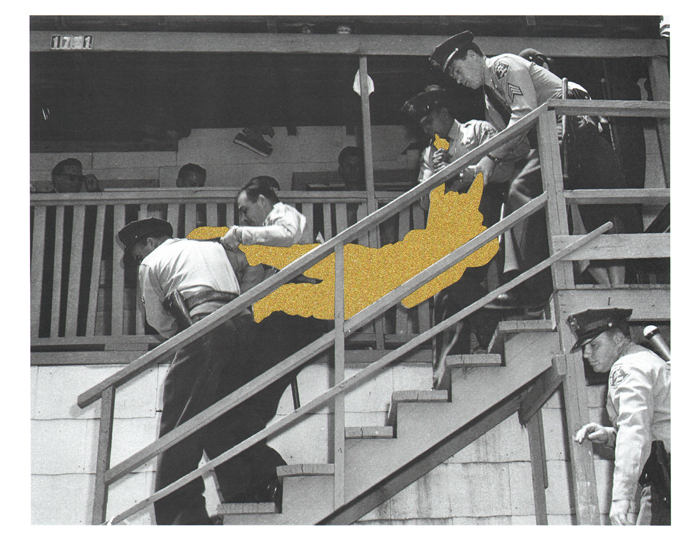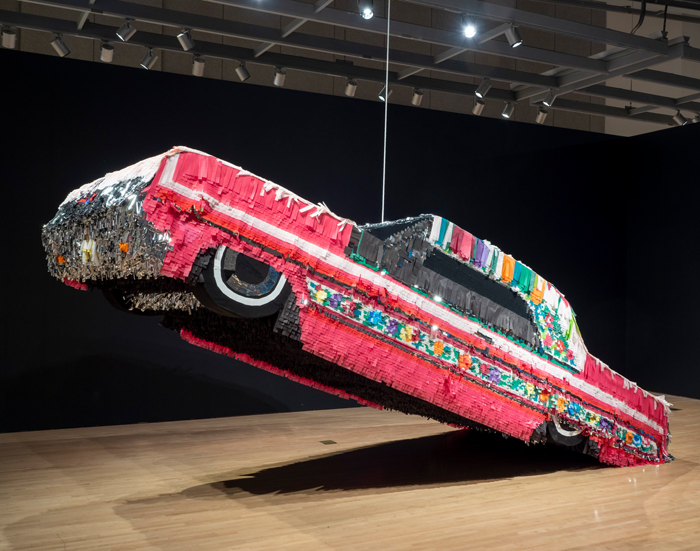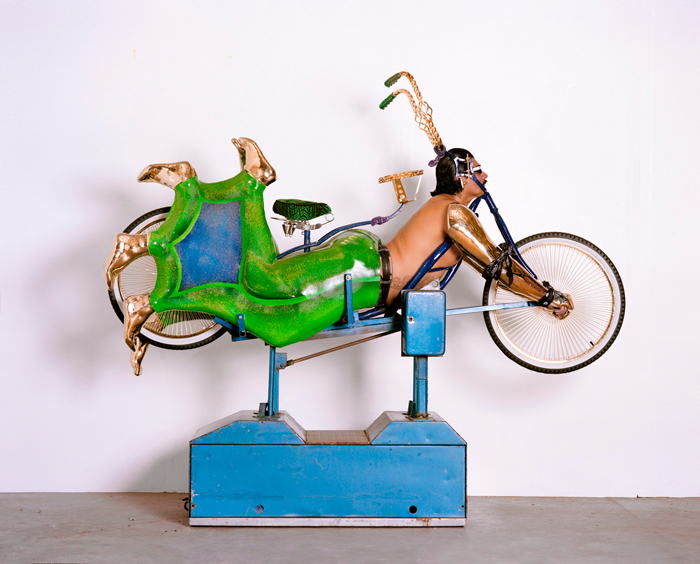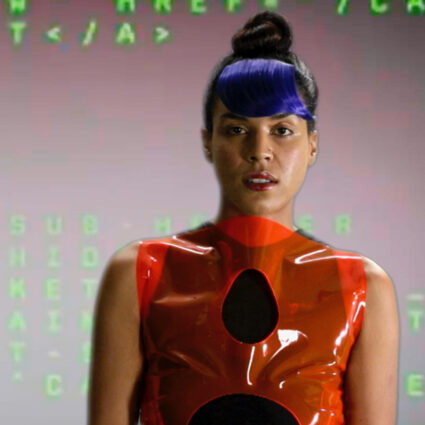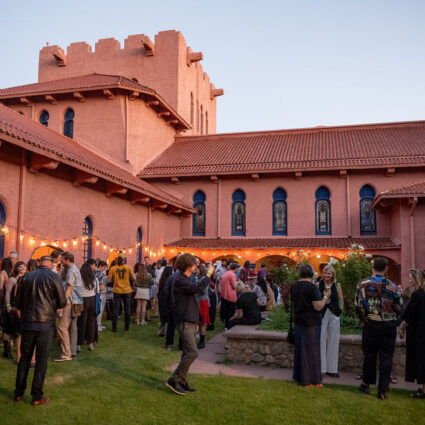Xican-a.o.x. Body at the Cheech Marin Center for Chicano Art & Culture presents a robust study in Chicano art, past and present, assembling 140 artworks and seventy artists whose work foregrounds the body as a site for revolution.
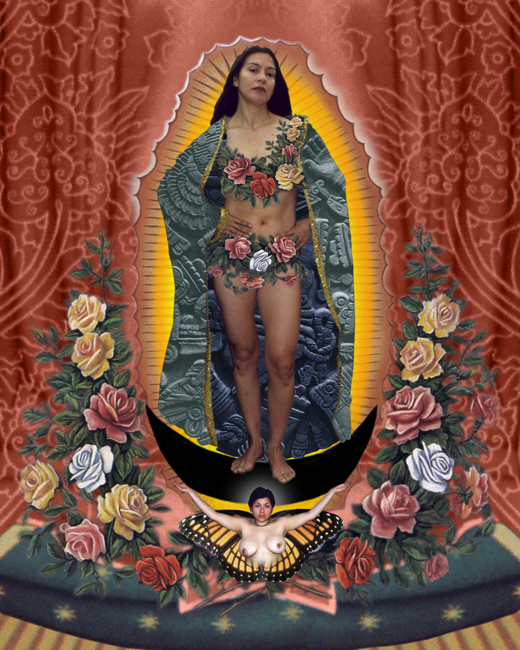
Xican-a.o.x. Body
June 18, 2023–January 7, 2024
Cheech Marin Center for Chicano Art & Culture, Riverside, CA
In a word, Xican-a.o.x. Body is pioneering. The wide-ranging exhibition brings together 140 artworks produced by seventy artists who identify in myriad ways—including Mexican American, Chicana/o, Xicanx, Latinx, and Brown—to begin to piece together the Xicanx experience. By centering the Brown body as an instrument by which truth is articulated and through which political revolutions are actualized, Xican-a.o.x. brings to life an alternative world wherein Brown bodies are free from all oppression.
“Brown… is not strictly the shared experience of harm between people and things,” reads a quote from the queer theorist José Esteban Muñoz on a gallery wall. “It is also the potential for refusal and resistance to that often-systemic harm.”
Xican-a.o.x.’s singular examination of Xicanx art from the 1970s onward fills a void in contemporary art discourse. Artemisa Clark’s collection of altered historical photography Glitter Series (2018)—in which she anonymizes the victims of police violence by painting over their bodies with golden glitter—dives into the archive to re-center the history of race-related brutality in the U.S. Meanwhile, Justin Favela’s life-size, hot-pink lowrider piñata Gypsy Rose Piñata (2022) dangles from a string in the adjoining room, rewriting the masculine tropes that often dominate Xicanx culture using queer identity frameworks. Altogether, the exhibition is an unapologetic homage to the spirit of Xicanx culture, one which celebrates Brown bodies as much as it challenges systems that force them to the margins.
Organized by the American Federation of Arts (AFA) and brought to life by curators Cecilia Fajardo-Hill, Marissa Del Toro, and Gilbert Vicario, Xican-a.o.x. is most successful in its exploration of the sensation of Nepantla, the Nahuatl word that means “in the middle of it.” As articulated by the feminist writer Gloria Anzaldúa, Nepantla speaks to the symbolic space of “in-betweenness” that has for so many years been used to marginalize Xicanx people. By embracing the creative potential that “in-betweenness” makes possible, Xican-a.o.x. paves the way for young people of color to imagine otherwise, to dream disruptively, and to build a world in which their bodies are free to be exactly as they are.
Editor’s note: The names of the curators and organizing body, which had been cut for space from the print version of this review, have been included in the web version here.
